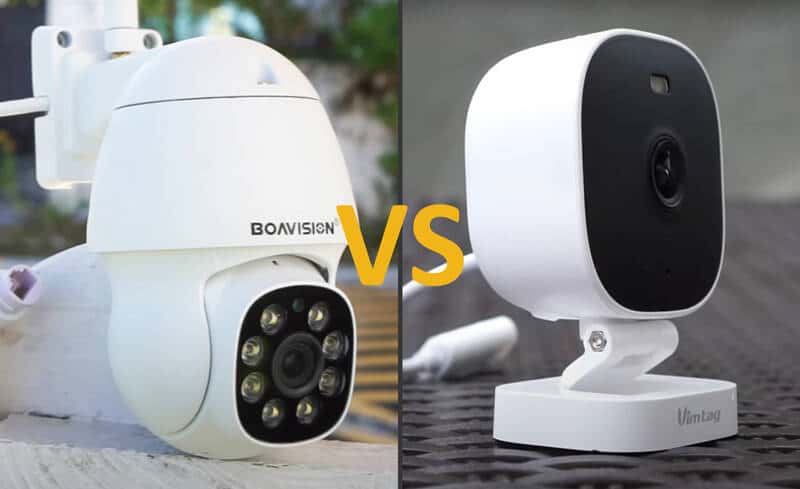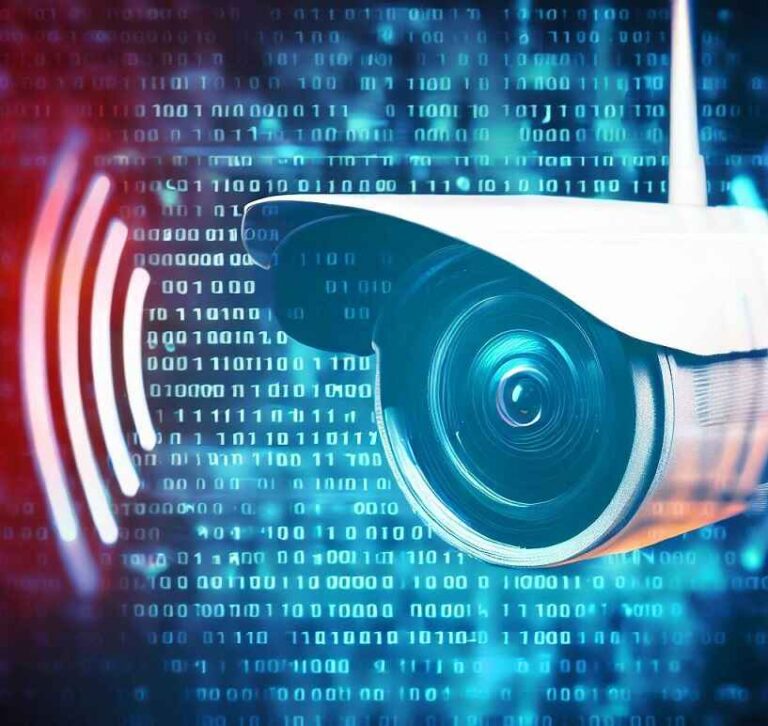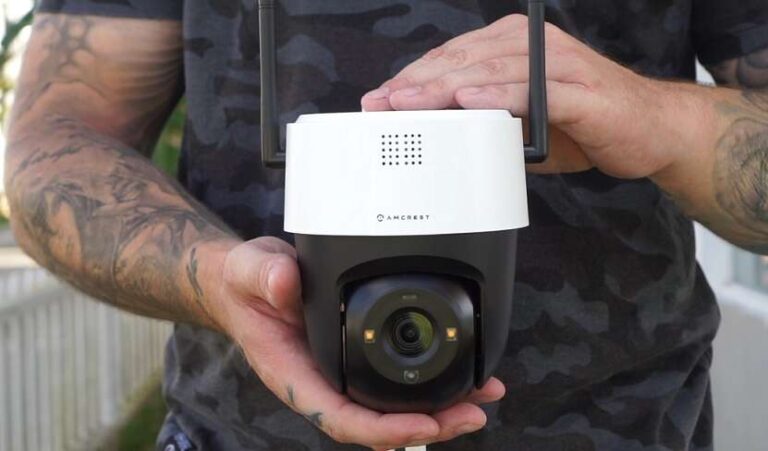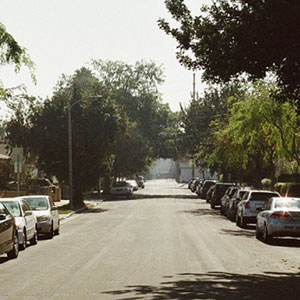What’s the Difference Between Indoor and Outdoor Cameras?
Indoor cameras are primarily designed to monitor the interior of a building, such as homes, offices, or retail stores. They are ideal for keeping tabs on children, pets, or household employees, as well as monitoring for potential intruders.
On the other hand, outdoor cameras are specifically engineered to withstand the elements while providing surveillance coverage for the exterior of a property. They offer protection against vandalism, theft, and trespassing, making them essential for outdoor security needs.

Placement and Installation
When it comes to placement, indoor cameras are typically positioned in key areas within the home or building, such as entryways, hallways, or common areas. They are usually mounted on walls or ceilings for optimal coverage. Outdoor camera installation, however, presents unique challenges due to exposure to harsh weather conditions and potential tampering. Specialized mounting brackets and weatherproof enclosures are often required to ensure durability and longevity.
Features and Technology
Indoor cameras commonly feature motion detection, night vision, and two-way audio capabilities, allowing for real-time communication with occupants. They may also offer advanced features such as facial recognition or integration with smart home systems. Outdoor cameras, on the other hand, prioritize weather resistance, robust construction, and long-range night vision to capture clear footage in various lighting conditions.
Monitoring and Accessibility
Indoor cameras are typically monitored locally or through a centralized system within the premises. However, with the advent of cloud-based services, remote access and monitoring have become increasingly popular options. Outdoor cameras often come equipped with mobile apps or web portals that allow users to view live feeds and receive alerts from anywhere with an internet connection, enhancing accessibility and convenience.
Cost Considerations
The cost of indoor cameras varies depending on factors such as resolution, features, and brand reputation. They are generally more affordable than outdoor cameras due to their simpler construction and lower durability requirements. Outdoor cameras, on the other hand, tend to be pricier due to their weatherproofing and rugged design features. However, investing in high-quality outdoor surveillance can pay off in terms of enhanced security and peace of mind.
Privacy and Legal Considerations
Privacy concerns surrounding indoor cameras often revolve around issues of consent and intrusion. It’s essential to respect the privacy of occupants and inform them of any surveillance activities taking place. Outdoor surveillance is subject to legal regulations regarding privacy, with laws varying by jurisdiction. Property owners must be aware of their rights and responsibilities when installing outdoor cameras to avoid legal ramifications.
Integration with Smart Home Systems
Indoor cameras seamlessly integrate with smart home systems, allowing users to control and monitor their security setup through voice commands or mobile apps. Outdoor cameras offer similar integration capabilities, enabling users to automate surveillance tasks and receive alerts alongside other smart home notifications. This integration enhances overall security and streamlines management for users.
Maintenance and Upkeep
Regular maintenance is crucial for ensuring the continued functionality of both indoor and outdoor cameras. Indoor cameras may require occasional dusting or lens cleaning to maintain image clarity, while outdoor cameras need more robust upkeep, such as checking for debris buildup or adjusting camera angles to account for changes in the environment. Routine maintenance routines help extend the lifespan of surveillance equipment and minimize downtime.
Security and Surveillance Applications
Indoor cameras are commonly used for home security, baby monitoring, and pet surveillance. They offer peace of mind for homeowners and provide valuable insights into household activities. Outdoor cameras serve a broader range of surveillance applications, including perimeter security, monitoring of outdoor assets, and deterring criminal activity. Their presence can act as a visible deterrent against intruders, enhancing overall property security.
Comparison of Image Quality
Image quality is a critical factor in surveillance camera selection. Indoor cameras typically offer high-definition resolution and crisp image clarity, making them suitable for detailed monitoring tasks. Outdoor cameras face additional challenges such as varying lighting conditions and inclement weather, but advancements in technology have led to improved image quality and enhanced night vision capabilities. Choosing the right camera with the appropriate resolution and features ensures optimal performance in any environment.
Conclusion
In conclusion, the difference between indoor and outdoor cameras lies in their design, functionality, and intended use cases. While indoor cameras focus on monitoring indoor spaces for security and convenience, outdoor cameras are built to withstand the elements and provide comprehensive surveillance coverage for outdoor areas. By understanding these distinctions and evaluating specific security needs, individuals can make informed decisions when selecting the right camera system for their home or business.






